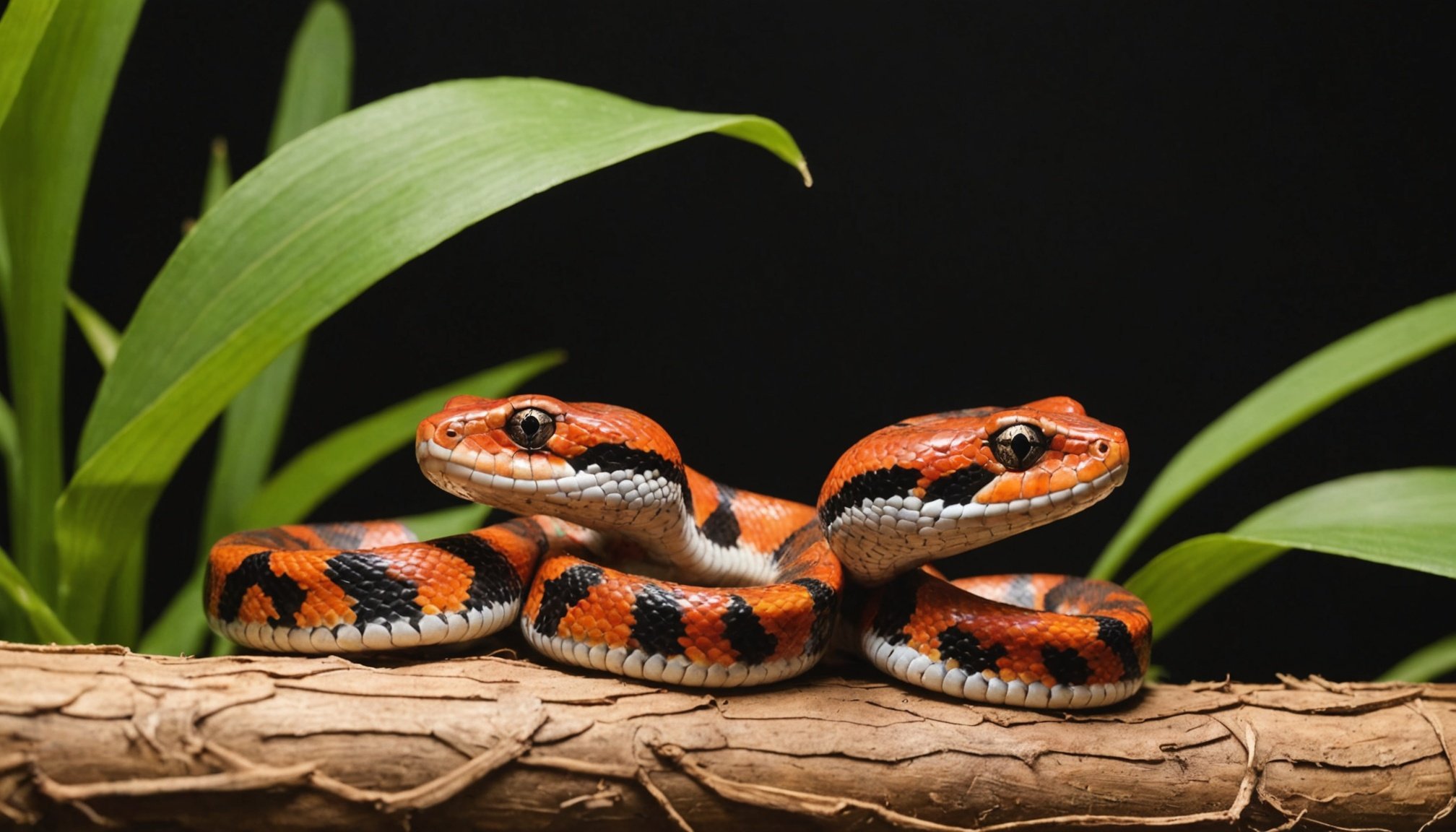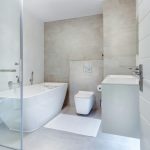Understanding Lighting Requirements for Corn Snake Habitats
Understanding the lighting needs for corn snakes is crucial to their health. Unlike many reptiles that require intense UVB lights, corn snakes have specific lighting requirements that must be tailored to their distinct physiological and behavioural needs.
Naturalistic Lighting for Behavioural Health
For corn snakes, naturalistic lighting plays a significant role in their overall behavioural wellness. Mimicking their natural environment by providing gradual day and night light variations is essential. This helps in regulating their circadian rhythms, promoting natural activities like feeding and exploring. Providing sufficient daylight simulation ensures they remain active and healthy.
Topic to read : Proven techniques to ease separation anxiety in recently adopted pets
Key Lighting Differences
While some reptiles heavily rely on strong UVB light to synthesise vitamin D3, corn snakes do not. This is a pivotal difference in the lighting needs for corn snakes. They thrive under more moderate lighting setups that simulate a natural environment.
Essential Lighting Types
- UVB Lighting: Though not as critical, minimal UV exposure can benefit corn snakes.
- Heat Lamps: Essential for maintaining proper ambient temperatures in the habitat.
- LED Lighting: Offers energy-efficient options for brighter enclosure lighting.
Ultimately, understanding and fulfilling their lighting needs ensures a thriving habitat for these snakes.
In the same genre : Ultimate guide to boosting joint health in senior dogs: proven strategies for happy, active pups
Essential Types of Lighting
UVB Lighting
UVB Lighting is optional for corn snakes, yet beneficial in small amounts. Although they don’t require intense UVB exposure like some reptiles, access to minimal UVB can support their health, by promoting general well-being without heavily influencing vitamin D3 synthesis.
Infrared and Heat Lamps
Infrared and heat lamps are essential for maintaining adequate heat sources for snake enclosures. They help in creating basking spots, necessary for regulating body temperature. Ensure that the lamp’s position supports a thermal gradient, allowing your snake to move between warm and cooler areas.
LED Lighting
LED lighting is an energy-efficient choice, illuminating the habitat effectively. It serves well for day-night cycle simulations due to adjustable brightness settings. These are beneficial for behavioural health, ensuring corn snakes have the right amount of light exposure throughout the day.
Evaluate brands based on reliability and energy-efficiency. Some popular choices include Arcadia and Exo Terra for UVB and heat lamps. Properly balancing these types of lighting for corn snakes ensures a comfortable, natural habitat, promoting optimal health and well-being.
Optimal Light Intensity and Duration
Determining the right light intensity for corn snakes is crucial for their health and behaviour. Unlike reptiles that need intense lighting, corn snakes thrive under moderate light. This ensures they mirror their natural environment. For their enclosures, it’s ideal to keep the light intensity between 50 to 75 lux. This provides sufficient illumination without overwhelming the snakes.
In terms of light duration, mimicking a day-night cycle is essential. Set your lighting to offer 8-12 hours of light during the day, followed by a period of darkness, aligning with natural patterns. This helps regulate their activity levels and sleep cycle, promoting healthy behavioural patterns.
Light exposure affects their overall well-being. Proper light intensity can encourage regular feeding, exploring, and natural circadian rhythms. Too low or too high intensity may lead to stress or inactivity. It’s crucial to ensure the correct balance to avoid negative impacts on their health.
Adjusting light intensity and duration to meet their needs not only supports biological functions but also enhances the overall health of corn snakes in captivity. It’s always beneficial to routinely assess and tweak this to best suit their activity and comfort levels.
Heat Sources for Your Corn Snake Habitat
Providing the appropriate heat sources for snake enclosures is crucial for ensuring your corn snake’s well-being. Heat lamps are often used to create basking spots where these snakes can warm up, emulating their natural habitats. It’s vital to maintain a thermal gradient within the enclosure, allowing the snake the option to move between warmer and cooler zones.
Basking Spots and Their Importance
Basking areas should be set up using infrared or ceramic heat lamps to offer consistent warmth. These spots are essential for aiding digestion and overall metabolic function. Ensure that the basking spot temperature is carefully monitored with a reliable thermometer.
Maintaining Thermal Gradient
To establish an effective thermal gradient, one end of the enclosure should be kept warmer while the other remains cooler. This gradient allows the snake to self-regulate its body temperature by moving freely between different zones. Adjust the heat source placement to achieve a desirable thermal balance throughout the habitat.
Monitoring Temperature Fluctuations
Regularly checking temperatures is critical to prevent fluctuations that could stress your snake. Digital thermometers and heat guns are handy tools for this purpose. Ensuring stable temperatures across the enclosure supports your corn snake’s health and comfort.
Simulating a Natural Environment
Creating a natural habitat simulation for corn snakes involves replicating their natural surroundings within an enclosure. This goes beyond mere light conditions; it touches on aspects like lighting, decor, and space zoning. Proper simulation is vital in promoting healthy behavior and activity levels in corn snakes, helping them feel secure and thrive.
Importance of Mimicking Natural Light Cycles
Simulating natural light cycles is crucial for aligning with corn snakes’ circadian rhythms. Adjusting lighting to reflect gradual sunrise and sunset helps them maintain a regular, healthy cycle of activity and rest. Using programmable timers can automate this process, ensuring consistent conditions.
Creating Diverse Lighting Zones
Establishing varied lighting zones within the enclosure enables your snake to choose between different light intensities, emulating their wild behavior. Diverse lighting can be achieved using a combination of UVB, LED, and heat lamps positioned strategically throughout the habitat.
Enhancing the Environment with Accessories
Incorporating elements like rocks, plants, and hides ensures the environment resembles their natural landscape. These not only provide physical barriers that create varied zones but also contribute to psychological comfort. Ensuring the right balance accentuates their well-being, reducing stress and encouraging natural behaviors.
Practical Examples and Setup Diagrams
Designing the optimal corn snake habitat setup involves thoughtful planning and execution. By tailoring the environment to meet the lighting needs for corn snakes, owners can create nurturing and stress-free spaces.
Sample Habitat Layouts
Creating successful setups includes balancing different types of lighting for corn snakes. Position heat lamps and UVB lights to simulate the natural habitat effectively. Example: Place the heat lamp at the enclosure’s warmer side, with LED lights providing general illumination.
Recommended Equipment List
A well-rounded corn snake habitat setup requires essential equipment:
- Programmable timers for maintaining day-night cycles.
- Digital thermometers for precise monitoring.
- LED and UVB lights offering adjustable brightness.
Choosing reputable brands ensures reliability and safety.
Troubleshooting Common Issues
Lighting problems can arise in corn snake enclosures. Address issues like uneven light distribution by adjusting fixture positions. If light intensity for corn snakes causes stress, modify the setup to provide more shaded areas. Regular evaluations and adjustments ensure an environment that supports healthy behaviour and well-being.
Conclusion and Key Takeaways
Lighting tips for corn snakes are crucial to maintaining their health and well-being. Key strategies include providing a mix of UVB, infrared, and LED lighting to simulate their natural habitat. Ensure that the lighting setup focuses not just on needs but also comfort, mimicking dawn and dusk cycles to align with their natural rhythms.
Continual assessment of your lighting strategy is vital, as adjustments may be necessary based on your corn snake’s behaviour. For instance, if lighting tips for corn snakes aren’t followed closely, they may become stressed or inactive.
By observing your snake’s actions, you can tailor the lighting setup to improve their environment. Monitor reactions to changes in light duration, intensity, or type, allowing you to make informed adjustments.
Finally, focus on the importance of creating a habitat that reflects their natural environment. This includes using appropriate decor and ensuring your lighting strategy enhances their behavioural health. Tailoring lighting needs not only benefits their physical state but also affects their overall happiness and quality of life in captivity, promising a thriving environment for your pet.











